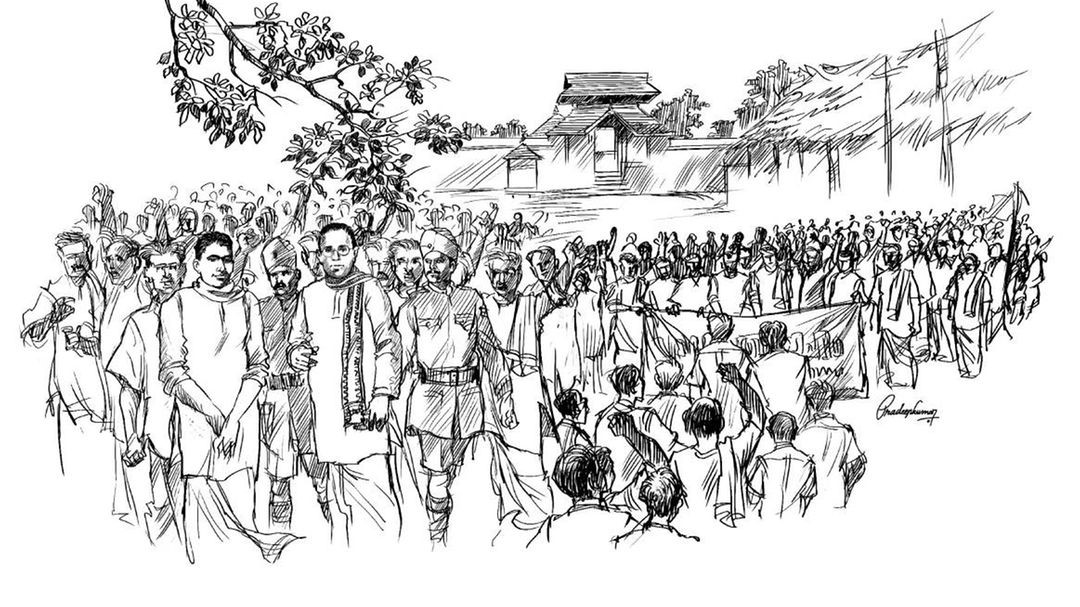





Disclaimer: Copyright infringement not intended.
Context
Details
Background
Initiation of Agitation
Progress and Challenges
Satyagraha and Compromise
Legacy
|
PRACTICE QUESTION Q. Vaikom Satyagraha remains a symbol of the struggle against caste-based discrimination and a testament to the power of nonviolent resistance in effecting social change. Discuss. (250 Words) |


© 2025 iasgyan. All right reserved